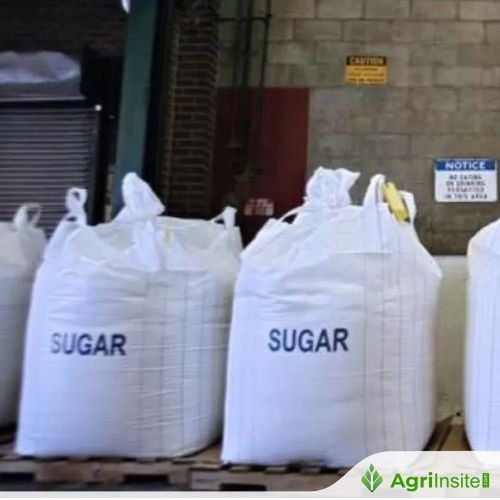South Africa : Extend sugar tax moratorium, says SASA

The South African Sugar Association (SASA) reports that the “sugar tax,” introduced in 2018, has severely impacted sugarcane farmers and milling companies, leading to multibillion-rand revenue losses, job cuts, and mill closures. A study by BFAP indicates that reducing the Health Promotion Levy (HPL) threshold could result in further cane area losses, job cuts, and small-scale grower failures. SASA calls for a sugar tax moratorium until 2030 to support the industry’s sustainability. The Sugarcane Value Chain Master Plan aims to diversify the sector, focusing on sustainable alternatives like aviation fuels and polymers.
Industry association the South African Sugar Association (SASA) asserts that the “sugar tax”, since its introduction in 2018, has had a devastating impact on both sugarcane farmers and milling companies.
The ramifications of this tax have been multibillion-rand revenue losses, thousands of job losses and the permanent closure of two sugar mills, in Darnall and Umzimkulu, in KwaZulu-Natal. Darnall, towards the north of the province, in particular, has become a ghost town, with poverty levels increasing and the crime rate skyrocketing. Any increases to this tax or lowering of the threshold would decimate the industry, adds the association.
“A credible study conducted by independent agricultural consultancy BFAP found that a reduction of the Health Promotion Levy (HPL) threshold is estimated to cause a reduction of at least 160 000 t (11%) of the locally refined market. This will decrease the industry turnover by more than R750-million a year, as the equivalent volume of raw sugar will have to be exported at lower, world sugar market prices, thereby reducing industry profitability for the millers and the growers,” explains SASA executive director Sifiso Mhlaba.
This would result in an additional loss of 27 400 ha in cane area of cultivated land,or more than 900 000 t of sugarcane, the impact of which would mainly be on the North Coast and Midlands areas of KwaZulu-Natal.
“The reduction under cane, as a direct result of decreasing the HPL threshold, is estimated to cost 1 975 permanent jobs and 2 076 seasonal jobs, with . . . 1 630 small-scale growers at risk of going out of business, and a further risk of mill closures,” he adds.
SASA notes that these measures would also result in the loss of income for household expenditure and reduce food affordability, as well as increase food insecurity, with the incidence of poverty, in KwaZulu-Natal and Mpumalanga, also expected to rise.
Master Plan Imperatives
The South African Sugarcane Value Chain Master Plan to 2030, a brainchild of President Cyril Ramaphosa, was signed virtually during the Covid-19 pandemic lockdown in November 2020. It has been implemented using a phased-approach to ensure the sustainability of the sugar industry.
Mhlaba adds that two of the key priorities for the industry revolve around the optimisation of the local sugar market and identifying clearly defined and diversified solutions to the industry’s challenges.
SASA notes that the targets for years one and three of the master plan, to exceed 150 000 t and 300 000 t respectively, were achieved and that the position of small-scale sugarcane growers was cemented.
Additionally, a minimum of R60-million of premium price payment to small-scale growers for three seasons (2021/22 to 2023/24) was allocated, escalating yearly to R68-million in the 2023/24 season.
Mhlaba says the sugar industry believes that the key pillars of the master plan should be predicated on local market offtake commitments using a sustainable and predictable pricing framework; strategic trade protection; small-scale grower support and retention; and restructuring through diversification and food policy certainty, which includes the HPL and food warning labels.
Through Phase 1 of the master plan, the industry, together with relevant government departments, identified product diversification opportunities, including sustainable aviation fuels, sustainable polymers and other sugarcane-based projects for further investigation.
The success of these initiatives depends on an enabling regulatory framework, similar to successful strategies used in India and Brazil.
It is important to note that most product diversification opportunities are still at scoping and prefeasibility stages and, if attractive, would move to bankable feasibility stage before commercialisation, SASA adds.
“This project development process, of no less than five years, necessitates the establishment of partnerships with government entities and potential project investors, which requires careful time and resource investment.
“If our current existence is under threat, focusing on future growth becomes difficult. Hence, our impassioned plea for government to extend the sugar tax moratorium to 2030,” Mhlaba concludes
To read more about Sugar Industry continue reading Agriinsite.com
Source : Engineering News

















